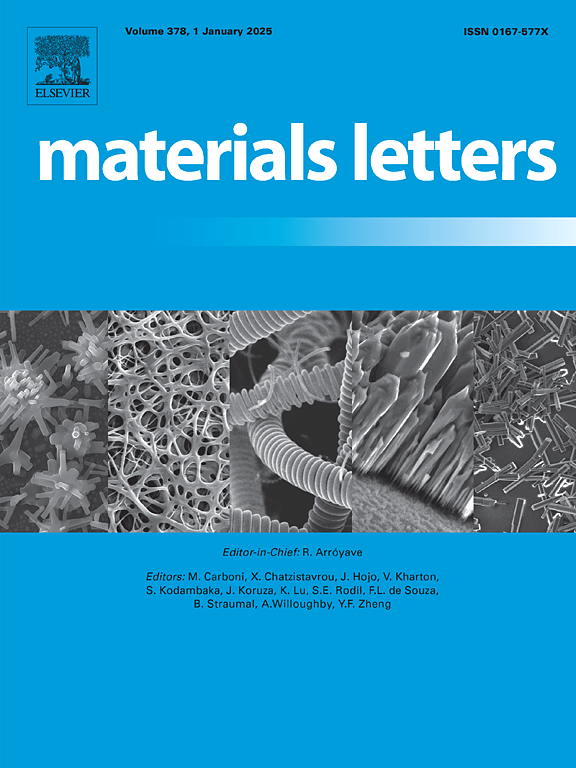A simulation study on the relationship between channel geometric parameters and compressive properties of multi-channel nerve conduits
IF 2.7
4区 材料科学
Q3 MATERIALS SCIENCE, MULTIDISCIPLINARY
引用次数: 0
Abstract
Optimizing mechanical properties and topological structure of multi-channel nerve conduits (NCs) is a key focus in tissue engineering. However, existing studies lack systematic research on the quantitative relationship between channel geometry and compressive behavior of multi-channel NCs. This study models a series of multi-channel NCs to explore the relationship between channel geometric parameters and compressive properties. A good agreement between the simulated compressive displacement-force behavior and experimental results is found. The mises stress in compressed multi-channel NCs is concentrated around the channel wall rather than the outer circle. The normal stiffness with a range of 0.1–29.3 N mm−1 of multi-channel NCs can be tuned by as much as 293-fold by only changing channel diameter and number within a range accessible to projection micro-stereolithography. The normal stiffness of multi-channel NCs is positively exponentially correlated with the porosity. This study provides optimization directions for the design of multi-channel NCs.
多通道神经导管几何参数与压缩特性关系的仿真研究
优化多通道神经导管的力学性能和拓扑结构是组织工程研究的热点。然而,现有研究缺乏对通道几何形状与多通道nc压缩行为之间定量关系的系统研究。本研究建立了一系列多通道NCs模型,以探索通道几何参数与压缩特性之间的关系。模拟结果与试验结果吻合较好。压缩后的多通道nc的应力集中在通道壁周围,而不是外圆周围。多通道nc的法向刚度范围为0.1 ~ 29.3 N mm−1,在投影微立体光刻可达到的范围内,仅通过改变通道直径和通道数,可调谐多达293倍。多通道碳纤维的法向刚度与孔隙率呈指数正相关。本研究为多通道网络控制系统的设计提供了优化方向。
本文章由计算机程序翻译,如有差异,请以英文原文为准。
求助全文
约1分钟内获得全文
求助全文
来源期刊

Materials Letters
工程技术-材料科学:综合
CiteScore
5.60
自引率
3.30%
发文量
1948
审稿时长
50 days
期刊介绍:
Materials Letters has an open access mirror journal Materials Letters: X, sharing the same aims and scope, editorial team, submission system and rigorous peer review.
Materials Letters is dedicated to publishing novel, cutting edge reports of broad interest to the materials community. The journal provides a forum for materials scientists and engineers, physicists, and chemists to rapidly communicate on the most important topics in the field of materials.
Contributions include, but are not limited to, a variety of topics such as:
• Materials - Metals and alloys, amorphous solids, ceramics, composites, polymers, semiconductors
• Applications - Structural, opto-electronic, magnetic, medical, MEMS, sensors, smart
• Characterization - Analytical, microscopy, scanning probes, nanoscopic, optical, electrical, magnetic, acoustic, spectroscopic, diffraction
• Novel Materials - Micro and nanostructures (nanowires, nanotubes, nanoparticles), nanocomposites, thin films, superlattices, quantum dots.
• Processing - Crystal growth, thin film processing, sol-gel processing, mechanical processing, assembly, nanocrystalline processing.
• Properties - Mechanical, magnetic, optical, electrical, ferroelectric, thermal, interfacial, transport, thermodynamic
• Synthesis - Quenching, solid state, solidification, solution synthesis, vapor deposition, high pressure, explosive
 求助内容:
求助内容: 应助结果提醒方式:
应助结果提醒方式:


